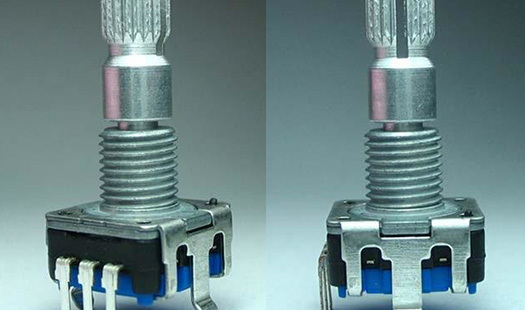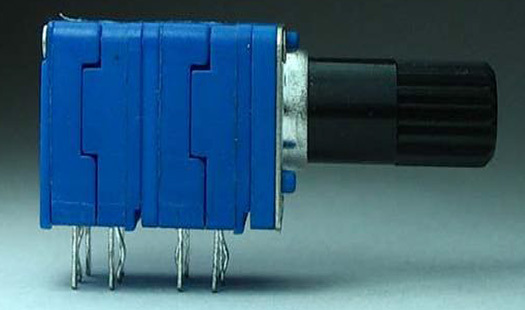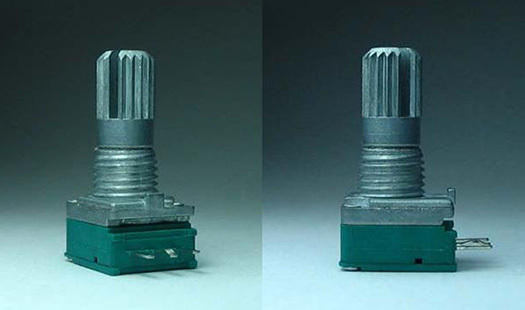Unraveling the Mysteries of the Slide Potentiometer
Apr 21,2025
Understanding the Slide Potentiometer
Ever found yourself fiddling with a volume knob on your favorite gadget? Well, that’s where the slide potentiometer comes into play! This nifty little device is more than just a simple slider; it’s a key player in controlling various electronic signals. Let’s dive into the world of this fascinating component, shall we?
What Exactly is a Slide Potentiometer?
In layman’s terms, a slide potentiometer is a type of variable resistor that allows you to adjust the resistance by sliding a control. Picture this: just like a dimmer switch for your lights, but instead of brightening a room, it controls audio levels, brightness, or even the speed of motors. It typically consists of three terminals—one for the input voltage, one for the output voltage, and one that connects to the wiper, which slides along a resistive strip.
How Does It Work?
Alright, let’s get a bit technical, but don’t worry! We’ll keep it simple. When you slide the control, you’re essentially moving a wiper across a resistive material. This movement changes the output voltage based on the position of the wiper. The resistance changes, which in turn alters the current flowing through it. And just like that, you have control over your device!
Applications Galore!
From professional audio equipment to DIY electronics, the applications of slide potentiometers are endless. You’ll find them in:
- Mixing consoles
- Musical instruments
- Home appliances
- Gaming controllers
Can you believe it? Just a small slide can make a huge difference!
Choosing the Right Slide Potentiometer
When it comes to selecting the right slide potentiometer, there are a few things to keep in mind:
- Resistance Value: Make sure it matches your application.
- Length: Longer sliders provide more precision.
- Type: Consider linear vs. logarithmic based on your needs.
It’s like choosing the right tool for the job—get it right, and you’ll be golden!
Common Issues and Troubleshooting
Even the best of us can run into hiccups. Here are a few common issues with slide potentiometers and how to tackle them:
- Noise: Dust can cause noise in the signal. A little cleaning goes a long way!
- Sticking: If your slider is sticking, some lubrication might be needed.
- Wear and Tear: Over time, the resistive material can wear down. If it’s not working as it should, it might be time for a replacement.
DIY Projects with Slide Potentiometers
Feeling inspired? Why not incorporate a slide potentiometer into your next DIY project? Here are a couple of ideas:
- Volume Control for a Speaker: Create a custom audio mixer!
- LED Brightness Control: Dim your LEDs just right for that perfect ambiance.
Let your creativity flow! Just don’t forget to double-check your connections.
Final Thoughts
The slide potentiometer is a versatile and essential component in the realm of electronics. Whether you're an audiophile looking to perfect your sound system, or a hobbyist creating your own gadgets, understanding this little slider can open up a world of possibilities. So next time you slide that control, remember the science and technology behind it!
More Information
More Information
RECOMMENDED










